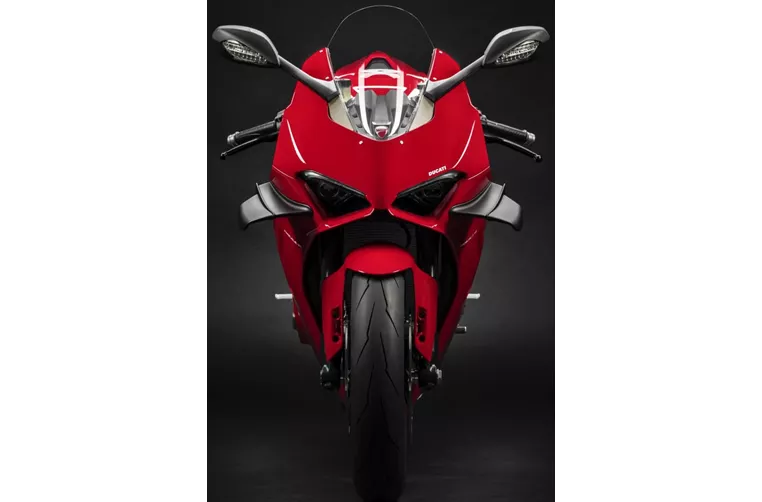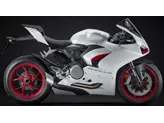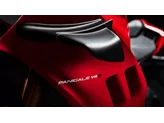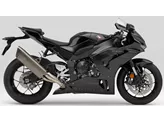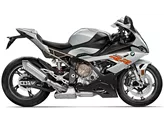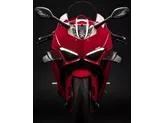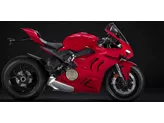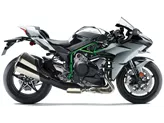BMW S 1000 RR 2020 vs. Ducati Panigale V4 2020

BMW S 1000 RR 2020

Ducati Panigale V4 2020
Overview - BMW S 1000 RR 2020 vs Ducati Panigale V4 2020
The BMW S 1000 RR 2020 and the Ducati Panigale V4 2020 are both high-performance supersport motorcycles, but they have some key differences in terms of their technical specifications and strengths.
Starting with the engine and drive train, the BMW S 1000 RR is equipped with an in-line, 4-cylinder engine with a displacement of 999cc. It produces 207 horsepower and 113 Nm of torque, with a compression ratio of 13.3. On the other hand, the Ducati Panigale V4 features a V4 engine with a displacement of 1103cc, delivering 214 horsepower and 124 Nm of torque, with a compression ratio of 14. Both bikes have four valves per cylinder, but the BMW S 1000 RR has a DOHC valve system while the Ducati Panigale V4 uses a desmodromic valve system.
In terms of suspension, both motorcycles have upside-down telescopic forks at the front and a monoshock at the rear. However, the BMW S 1000 RR has a larger fork diameter of 45mm compared to the 43mm on the Ducati Panigale V4. Both bikes offer adjustment options for compression, preload, and rebound. The rear suspension on both bikes is made of aluminum.
When it comes to the chassis, the BMW S 1000 RR has an aluminum frame with a twin tube design that serves as a load-bearing engine. It has a rake of 66.9 degrees and a trail of 93.9mm. On the other hand, the Ducati Panigale V4 features an aluminum monocoque frame with a rake of 65.5 degrees and a trail of 100mm.

BMW S 1000 RR 2020
In terms of braking, both motorcycles have double disk brakes at the front. The BMW S 1000 RR has a slightly smaller diameter of 320mm compared to the 330mm on the Ducati Panigale V4. Both bikes utilize radial technology for the front brakes, but the Ducati Panigale V4 also has monoblock calipers for enhanced braking performance.
In terms of advanced rider assistance systems, both motorcycles offer ABS. The BMW S 1000 RR also includes riding modes, launch control, ride by wire, a quickshifter, and traction control. The Ducati Panigale V4, on the other hand, only offers ABS as an advanced rider assistance system.
In terms of dimensions and weights, both motorcycles have a front tire width of 120mm and a front tire diameter of 17 inches. The BMW S 1000 RR has a rear tire width of 190mm and a rear tire diameter of 17 inches, while the Ducati Panigale V4 has a slightly wider rear tire width of 200mm. The wheelbase of the BMW S 1000 RR is 1441mm, while the Ducati Panigale V4 has a slightly longer wheelbase of 1469mm. The seat height of the BMW S 1000 RR is 824mm, while the Ducati Panigale V4 has a slightly higher seat height of 830mm. The kerb weight of both motorcycles, including ABS, is similar, with the BMW S 1000 RR weighing 197kg and the Ducati Panigale V4 weighing 198kg. Both motorcycles have LED headlights as standard equipment.
In terms of strengths, the BMW S 1000 RR is praised for its very linear power delivery, wide rev range, and pleasant control. The ShiftCam technology provides plenty of pressure in the lower rev range. It also has an excellent Dynamic Damping Control (DDC) system, precise handling, and top performance. The electronics package on the BMW S 1000 RR is highly regarded, and the bike is considered to be a harmonious overall package for both road and track use.

Ducati Panigale V4 2020
The Ducati Panigale V4 is praised for its clever electronics and noticeable upgrades compared to the previous model year. It is also considered to be more accessible than ever before.
In terms of weaknesses, the BMW S 1000 RR is sometimes criticized for lacking a distinctive character compared to other bikes in its class, such as the Aprilia and Honda. It is also said to lag behind slightly on the spec sheet in direct comparison.
The Ducati Panigale V4 is noted to have a small fuel tank from an ergonomic point of view, which may limit its range. Additionally, some riders have reported issues with straight-line stability at high speeds in wet conditions.
Overall, both the BMW S 1000 RR 2020 and the Ducati Panigale V4 2020 are highly capable supersport motorcycles with their own strengths and weaknesses. The choice between the two will ultimately depend on the rider's preferences and priorities.
Technical Specifications BMW S 1000 RR 2020 compared to Ducati Panigale V4 2020
Pros and Cons in comparison
Pros and Cons in comparison
BMW S 1000 RR 2020
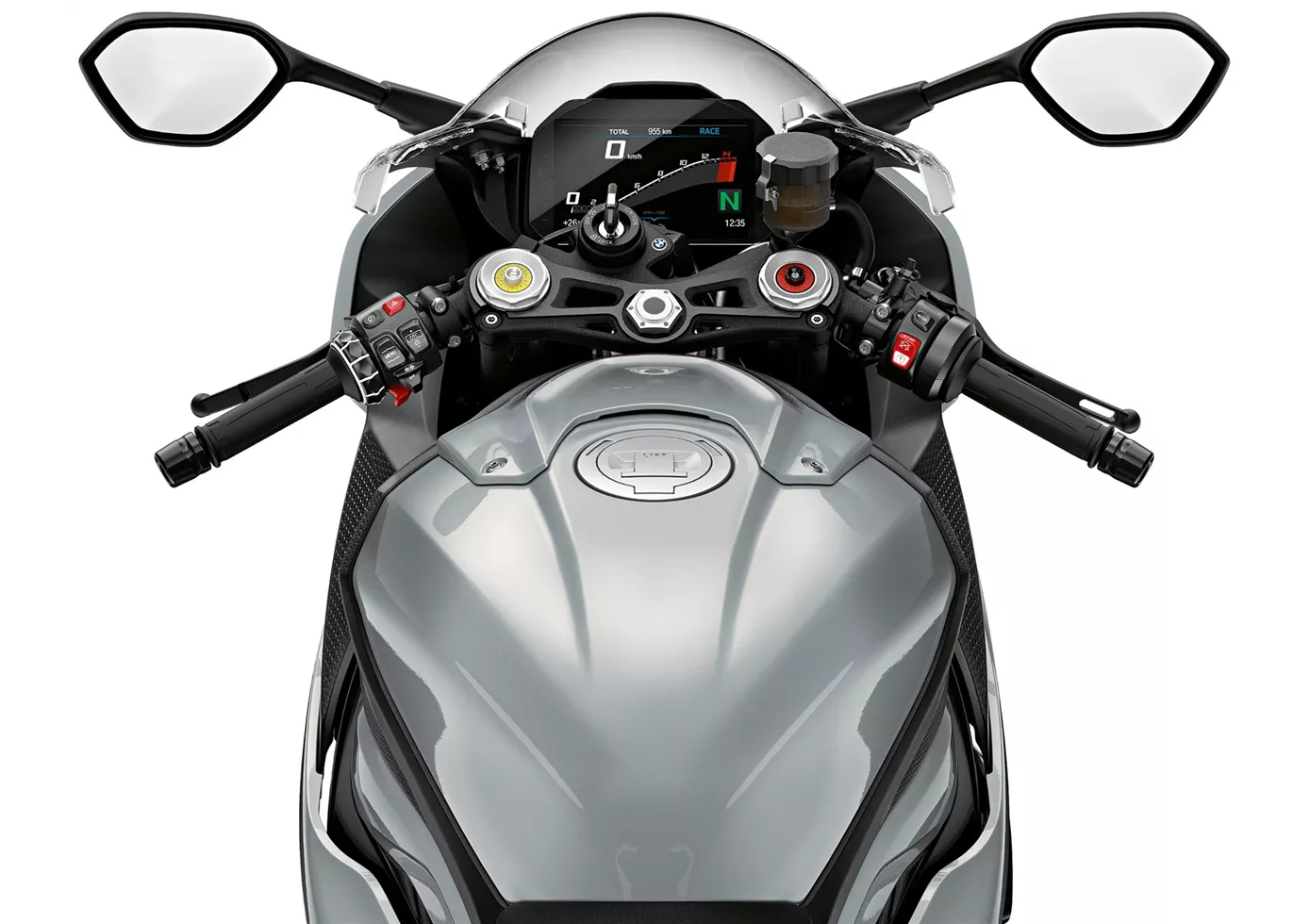
A real "all-rounder" superbike. The BMW knows how to play to its strengths both on the race track and on the country road. Thanks to variable camshaft control, the powerful engine is already convincing at the bottom end and accelerates harmoniously across the entire rev range, with plenty of power in every range. For the hobby pilot, the chassis certainly functions excellently in every situation, provides transparent feedback and offers many adjustment options. The seating position is sporty yet relatively comfortable. The electronics work very harmoniously without patronising the rider - TOP!
Ducati Panigale V4 2020
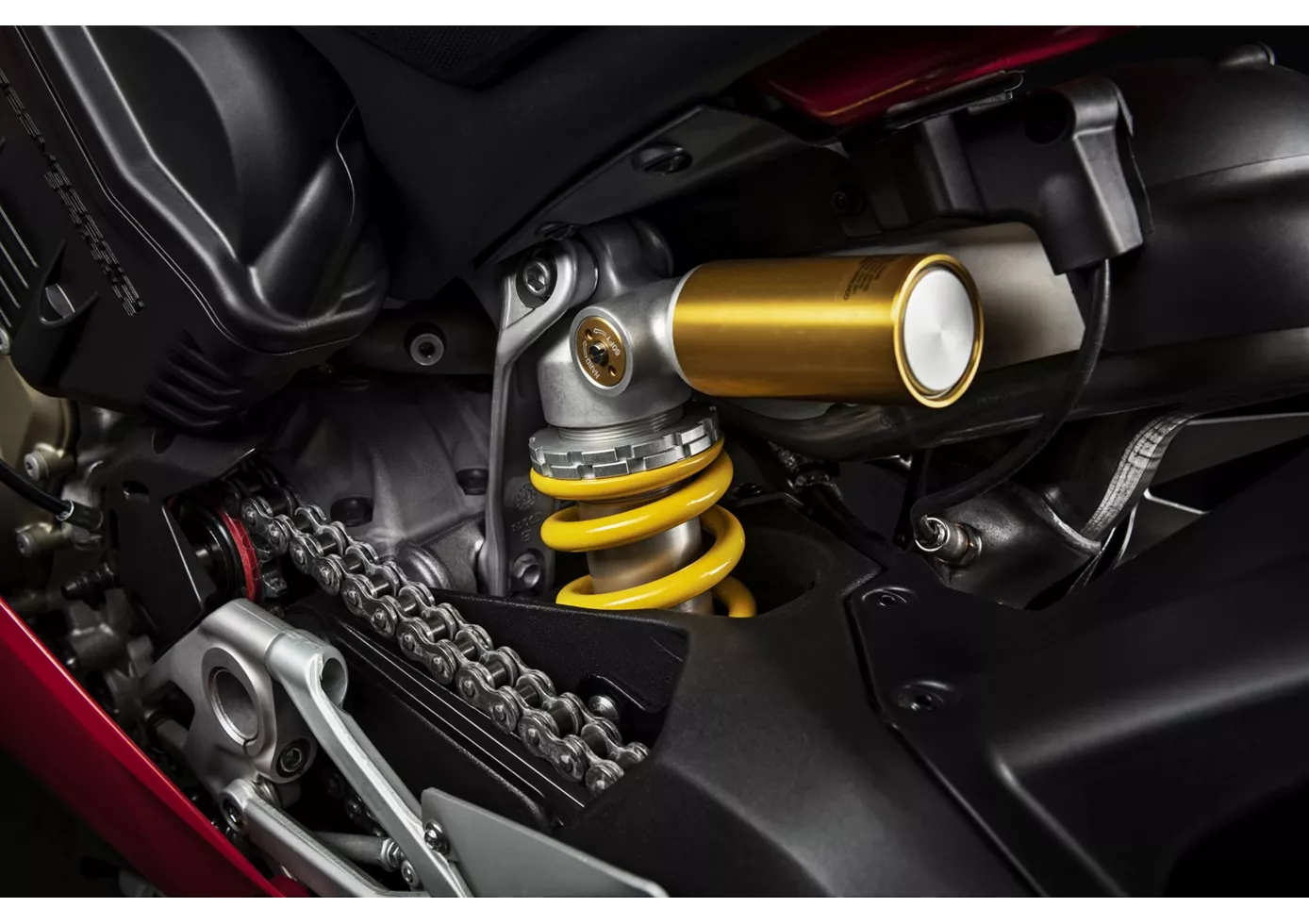
The conclusion is very easy for me. Ducati has made an "already almost perfect motorbike" even better without changing anything in a negative way. Although riding on the road with this radical fairing probably causes a stir and one or two riders find it uncomfortable, they obviously feel more comfortable with it on the race track. You get a motorbike "out of the box" that resembles a Superbike World Championship bike more than ever. I also believe that the V4 2018 owner is quite capable of improving his lap times with the 2020 version. My tip: if you take care to enlarge the tank or make it more grippy, you could go over the centre even more with your hull.
Price Comparison Avarage Market Price BMW S 1000 RR vs Ducati Panigale V4
There are a few key differences between a BMW S 1000 RR 2020 and a Ducati Panigale V4 2020. In terms of price, the actual average price of a Ducati Panigale V4 2020 is about 81% higher. Compared to Ducati Panigale V4 2020 there are more BMW S 1000 RR 2020 bikes available on the 1000PS.de Marketplace, specifically 16 compared to 6. It takes less time to sell a BMW S 1000 RR with 68 days compared to 100 days for a Ducati Panigale V4. Since model year 2010 1000PS.de editors have written 135 reviews for the BMW S 1000 RR and 18 reviews for the Ducati Panigale V4 since model year 2018. The first review for the BMW S 1000 RR was published on 4/16/2008 and now has more than 4,000 views. This compares to more than 131,500 views for the first review on Ducati Panigale V4 published on 11/5/2017.

